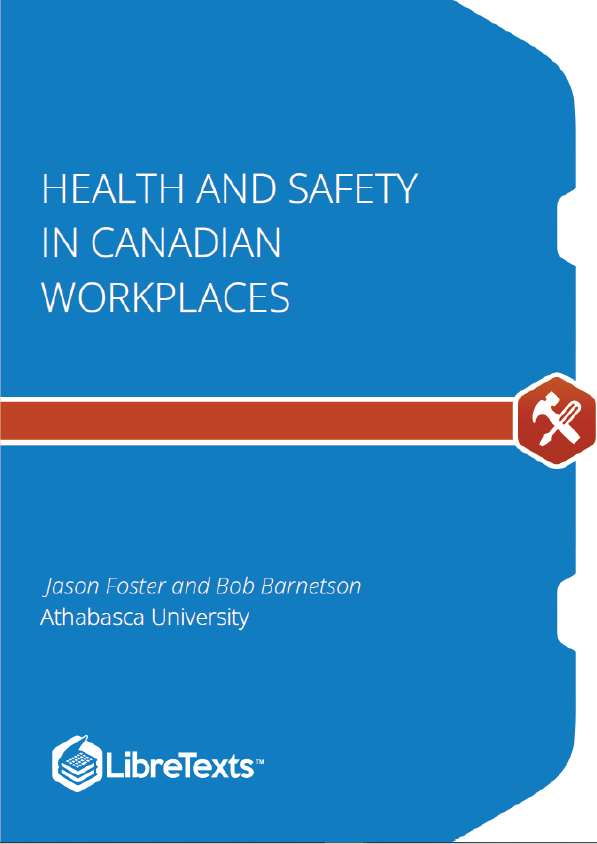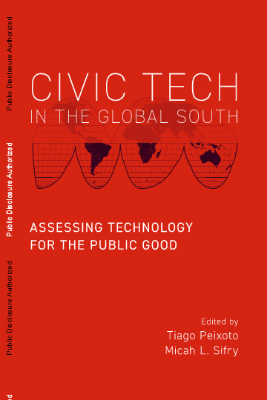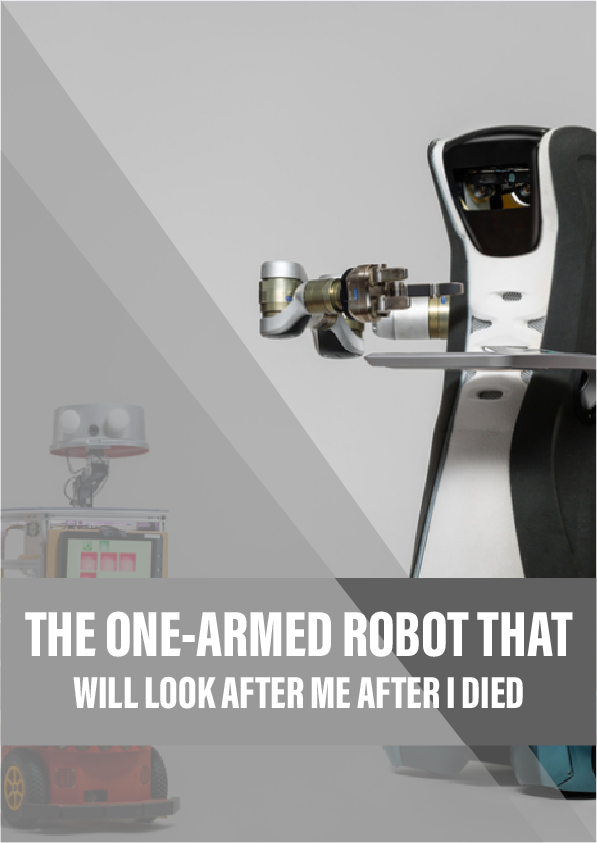Workplace injuries happen every day and can profoundly affect workers, their families, and the communities they live in. This textbook provides workers with an introduction to effective injury prevention. The book pays particular attention to how issues of precarious employment, gender, and ill health can be better handled in Canadian occupational health and safety (OHS).
This introduction to OHS differs from others because it contends that the practice of occupational health and safety can only be properly understood if we acknowledge that workers and employers have conflicting interests. Specifically, we investigate which workplace hazards are recognized and controlled, the manner in which these hazards are controlled, and who makes these decisions. These are all factors that reflect the broader political economy of employment and suggest that OHS is contested terrain.
Broadly speaking, a workplace injury is any form of ill health—such as a physical or mental injury or illness—that arises because of a worker’s employment. Instances of work-related ill health can encompass a vast array of injuries and illnesses. Most workrelated injuries will be minor and temporary (such as a slight burn), while others will be permanent (such as an amputation) or lifethreatening (such as cancer). Some injuries will be acute (such as a laceration) and some will take years to manifest themselves (such as silicosis). Despite the vast range of potential injuries, when most people think of a workplace injury, what comes to mind is an acute injury caused by an obvious physical cause. For example, a fall from a height may break a worker’s wrist. There are three main reasons why we tend to focus on acute physical injuries:
- Acute injuries are commonplace. In 2012, 92.5% of Canada’s 245,365 accepted time-loss injuries were acute physical injuries while only 7.5% were illnesses.
- Acute injuries are easy to see and understand. It is obvious when a worker falls from a height, and we intuitively understand how the fall hurt the worker. Contrast this with a diagnosis of mesothelioma (a form of cancer caused by asbestos). Such a diagnosis is often known only to the worker, his family, and his doctor. And the 20-year lag between exposure and diagnosis obscures the work-relatedness of the injury. Indeed, the worker may not know that he was exposed to asbestos in the workplace.
- Acute injuries receive a disproportionate share of public attention. Most of us have limited personal experience with workplace injuries. Instead, what we know about them comes from media reports. As set out in Box 1.1, newspapers dramatically overreport fatalities and injuries caused by contact with objects, and this may skew our perceptions of what constitutes a workrelated injury.
The operation of government injury-prevention and injury-compensation systems both reflect and reinforce the bias toward acute physical injuries. Occupational health and safety (OHS) laws often specify clear rules to protect workers from falls and other physical hazards. But, as we’ll see in Chapter 5, the rules around exposing workers to hazardous substances are much more ambiguous.
Similarly, workers’ compensation boards (WCBs)—which provide injured workers with wage replacement and other benefits— use the “arises-and-occurs” test to determine whether an injury was work-related (and thus whether the worker will receive compensation). As we’ll see in Chapter 2, the arises-and-occurs test requires workers to demonstrate that their injury arose from and occurred during the course of their employment. It is easier for workers with acute physical injuries to show that this is the case than it is for workers who have developed an occupational disease. This is because occupational diseases often take years to manifest themselves and the cause of the disease may be unclear. Not surprisingly, then, the majority of accepted workers’ compensation claims are for acute physical injuries.











